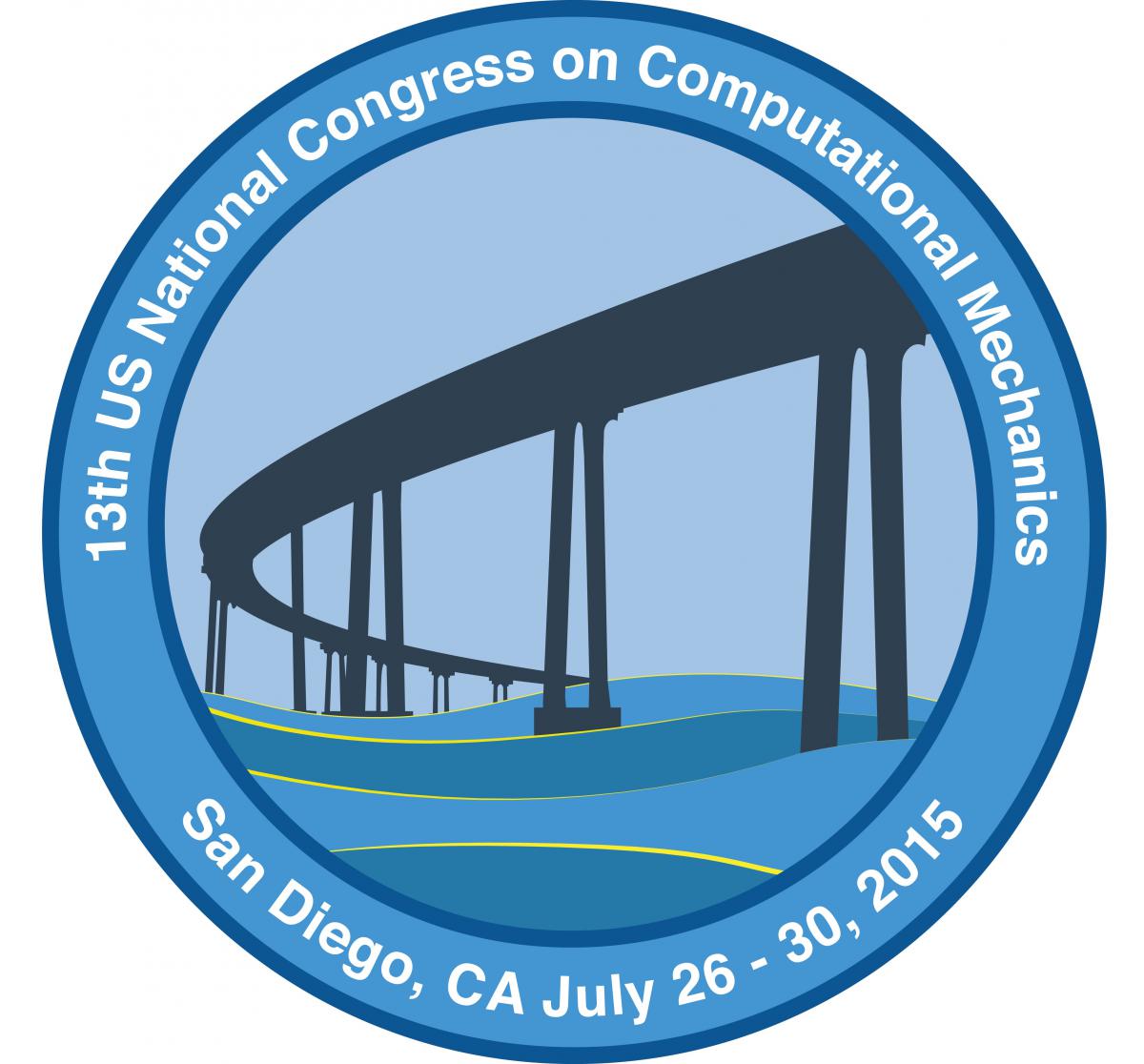Advanced Discretization Methods for Interface Problems: Theory, Algorithms and Applications
Andre Massing, Simula Research Laboratory
Pavel Bochev, Sandia National Laboratories
Mats G. Larson, Umeå University
Chris Siefert, Sandia National Laboratories
Many advanced engineering problems require the numerical solution of multi-domain, multi-physics and multimaterial problems with interfaces. When the interface is evolving in time or the interface geometry is highly complex, generation of conforming meshes may become prohibitively expensive, thereby severely limiting the scope of conventional discretization methods. For instance, fluid-structure interaction problems with large deformations or free surface fluid problems with topological changes might render even recent algorithms for moving meshes (ALE-based algorithms) infeasible. Another challenging problem is the numerical modeling of flow and transport problems in porous media when discrete fracture and channel networks are involved. Similar challenges are encountered in parameter studies and optimization problems with changing geometric domains.
To overcome the limitations imposed by the use of a single, conforming mesh, new coupling and solver schemes based on advanced domain decomposition ideas have been developed in the recent years. Approaches such as the extended finite element method, fictitious domain methods, unfitted discontinuous Galerkin methods, mortar elements, immersed boundary methods, and related techniques allow to impose interface conditions when the physical and computational domains do not coincide. Combined with modern solver strategies ranging from physics-based preconditioners for monolithic discretrizations to problem-specific partitioned methods, these approaches allow to tackle challenging engineering problems. The objective of this minisymposium is to present the latest advances and application areas for numerical methods for interface problems based on modern domain decomposition strategies.
To overcome the limitations imposed by the use of a single, conforming mesh, new coupling and solver schemes based on advanced domain decomposition ideas have been developed in the recent years. Approaches such as the extended finite element method, fictitious domain methods, unfitted discontinuous Galerkin methods, mortar elements, immersed boundary methods, and related techniques allow to impose interface conditions when the physical and computational domains do not coincide. Combined with modern solver strategies ranging from physics-based preconditioners for monolithic discretrizations to problem-specific partitioned methods, these approaches allow to tackle challenging engineering problems. The objective of this minisymposium is to present the latest advances and application areas for numerical methods for interface problems based on modern domain decomposition strategies.





